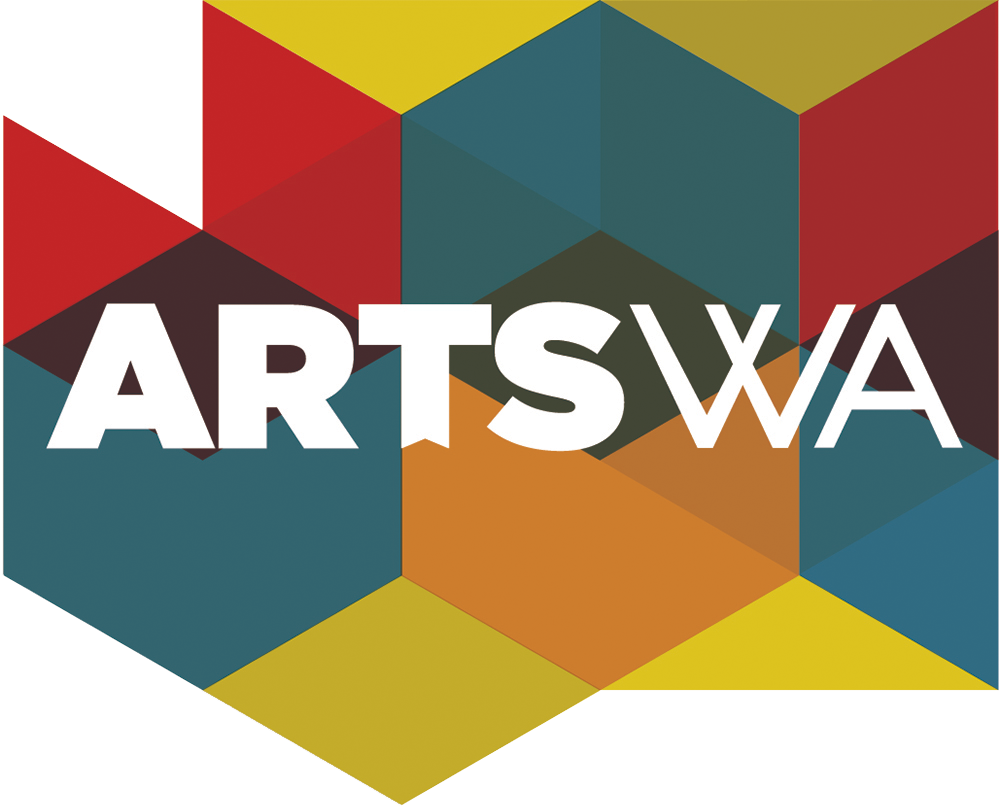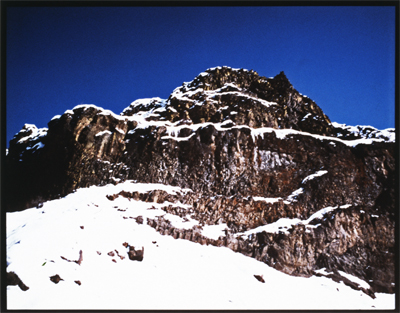Clan Ancestor III, 1984
Lawney Reyes
American Confederated Tribes of the Colville Reservation Arrow Lakes Band (Sinixt) (born 1931, died 2022)
Location: Renton Technical College, Renton
About the Artwork
Native American artist Lawney Reyes (Sinixt, 1931-2022) created the abstract sculpture Clan Ancestor III in reference to traditional objects in his Sinixt culture of Central Washington. The artist notes, "my work is a conscious effort to progress from traditional achievements and to concentrate on continued development of detail and form so that it can be expressed ultimately in the most direct and abstract manner." This artwork is part of Beyond Blue Mountains, a collection that was curated by late Tlingit (Native Alaskan) artist Jim Schoppert. It presents the work of Native American artists of diverse heritage, ideas, materials, and styles. The collection takes an in-depth look at the artists’ unique voices and interpretations of tradition.
This artwork was acquired for the State Art Collection in partnership with Renton Technical College.
About the Artist
Lawney Reyes (Sinixt, 1931-2022) is a celebrated sculptor, designer, curator, and writer based in Seattle. His writing and sculpture draw great influence from his Sinixt culture, part of the Colville Confederation of Tribes of Northeastern Washington.
Reyes grew up on the Colville Indian Reservation in Northeastern Washington and in Grand Coulee, Central Washington. His father was a Filipino immigrant and his mother was a member of the Sin-Aikst Indian Tribe. He was taken from his family and sent to an Indian boarding school in Oregon for two years. Reyes started studying at the University of Washington in Seattle in 1952. Two years later, he enlisted in the U.S. Army and spent 18 months in Germany. He traveled around Europe and was influenced by its art and architecture. He used the G.I. Bill to finish his degree in interior design in 1959. Reyes has worked as an interior designer, art curator, and artist since then. He co-designed the Daybreak Star Indian Cultural Center in Seattle in the 1970s. He was honored with a Washington State Governor's Arts Award in 1971. In his seventies, he wrote his first book "White Grizzly Bear’s Legacy: Learning to be Indian", for his grandchildren so that they would know their family history.


_edited.jpg)
_edited.jpg)
_edited.jpg)
_edited_in+situ.jpg)

_edited.jpg)
